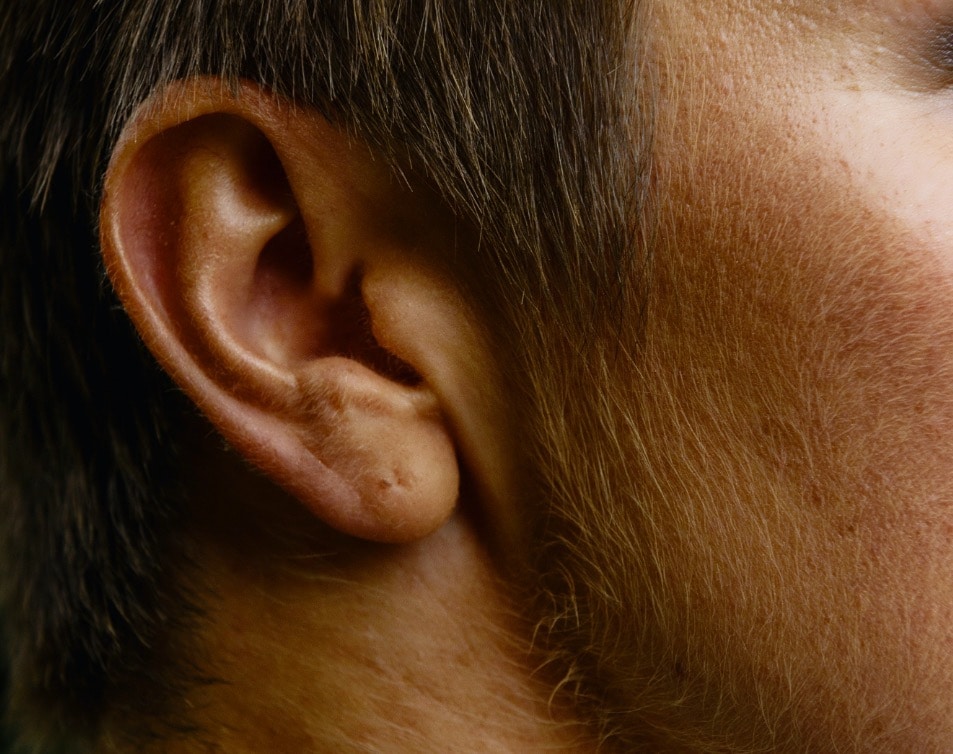Vincent van Gogh was a world-renowned Dutch post-impressionist painter who has arguably altered the history of Western art as we know it. Over the course of his lifetime, he created over 2100 works including over 860 paintings that were said to have been painted for the last two years of his life. He is also famous for having cut off his own ear, but the circumstances of how this happened have been questioned by historians and art enthusiasts for decades, but all ask the same question, how did Vincent Van Gogh really lose his ear?

Early life
Vincent van Gogh was born into a middle-class family and as a child was known to be very thoughtful, quiet, and serious. One of his first jobs was that of an art dealer who often involved traveling across the continent, but after arriving in London, he became severely depressed and turned to religion as a form of rehabilitation. This, however, did not work and his mental health quickly drifted into dangerous territory. In 1881, he decided to take up painting and return home to his parents. His younger brother, Theo, supported him financially and the two of them wrote to maintain contact.
The common answer
Many historians believed that on the 23rd of December 1888, in a small house in southern France Vincent van Gogh cut off his ear after painting the now-famous “Yellow House”, which depicted his bedroom he was staying in. His friend, a fellow painter, named Paul Gaugin, had planned to visit in October and Van Gogh was reportedly very eager to spend time in the countryside amongst the autumn splendors. He reported that he had been having eye strain which forced him indoors where he painted this bedroom. He then painted a chair in a manner similar to a portrait for his colleague during the time that he stayed with him as a symbol of admiration for his friend. The two were very close on both a personal and professional level and Van Gogh valued him greatly.
However, despite their relationship, they often argued over the nature of art which led to their friendship degrading overtime. It is believed that following his painting of the Yellow House, Van Gogh had a spout of anger that led to him removing his ear. Further accounts record that he packed his removed ear and gave it to a woman who worked nearby. He was then promptly admitted to a hospital in Arles. Van Gogh would suffer further mental health complications until he took his own life at the age of 37.
A different side?
The majority of scholars agree on the timing of his self-mutilation, however new evidence has provided insight into the motivation of his actions. Recently uncovered letters between his family members have shown that his brother, Theo, was planning to marry a woman within the year. Further letters had confirmed that Van Gogh had received regular financial assistance from his brother for several years. It is also recorded that the two brothers were very close and this combination of events caused Van Gogh to become very distressed when he heard the news of his brother’s potential betrothal. It has now been theorized but he became so distressed that he feared losing his brother would not only mean losing financial support but also a very close relationship. This stress, in combination with his brother potentially leaving him and his friend frequently arguing, pushed him to cut off his own ear and then deliver it to the above mentioned woman.

The story of Vincent van Gogh is a tragic one to be sure, and the mystery of why he chose to harm himself has only recently been brought to light. It is also very possible that there are still many things we do not understand about him or his life. One can only hope that further investigation will illuminate us to his fascinating story.










